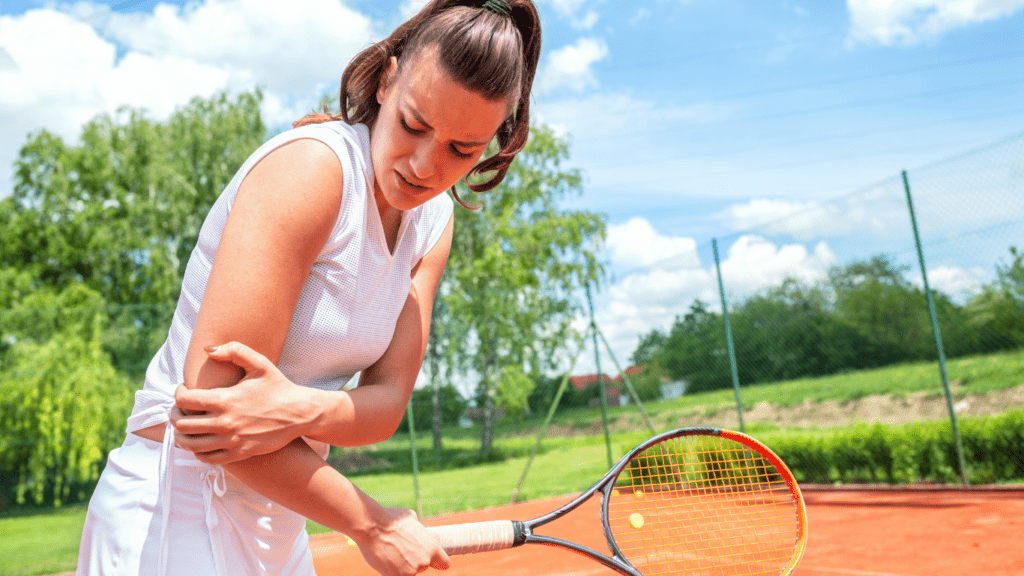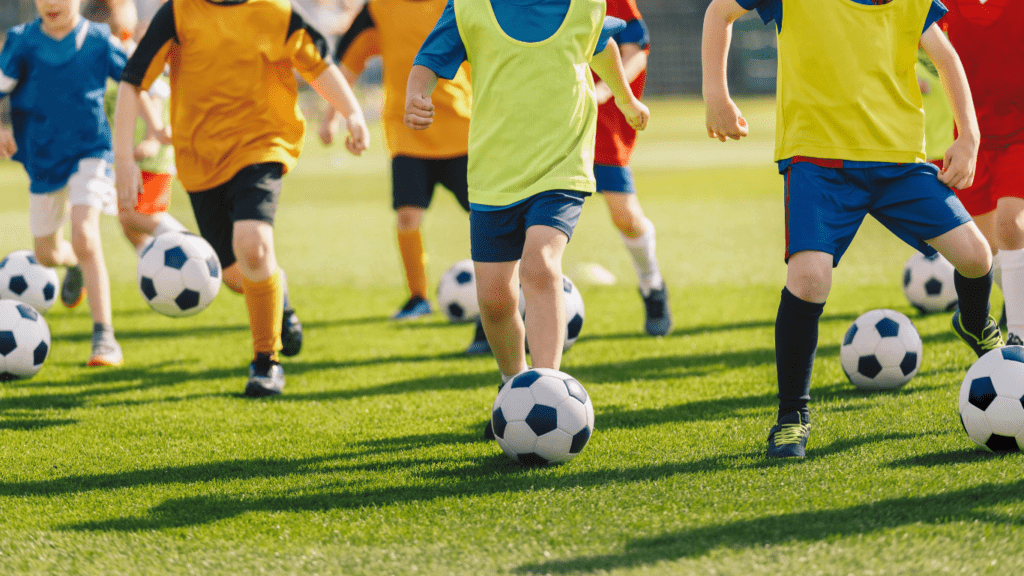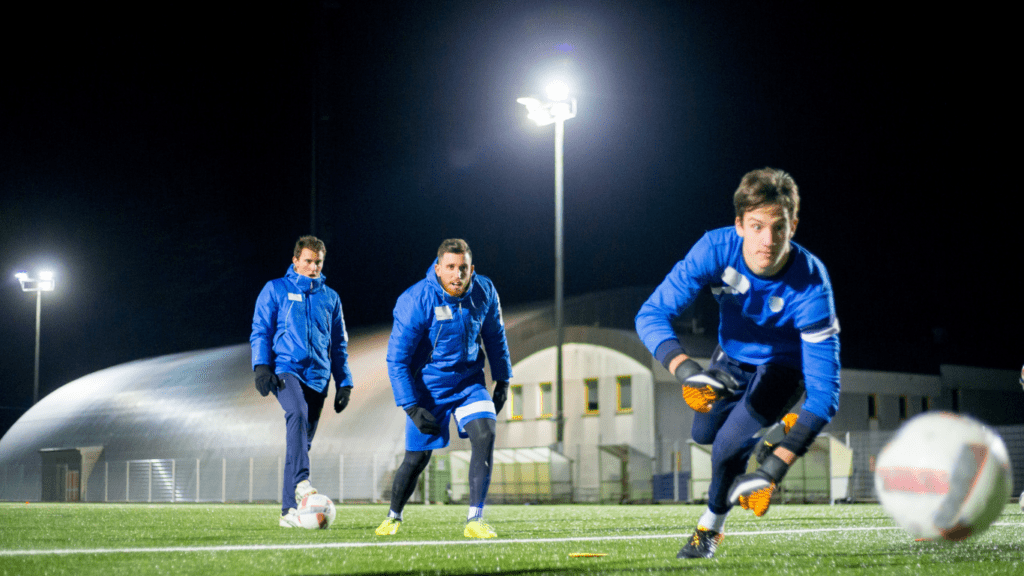As a coach or team leader, I know how important it is to keep athletes performing at their best while minimizing the risk of injuries. Balancing intense practices with proper recovery and injury prevention isn’t just smart—it’s essential for long-term success. Neglecting these aspects can lead to burnout, setbacks, and even long-term health issues for players.
Importance Of Recovery And Injury Prevention
Recovery and injury prevention play critical roles in optimizing athletic performance. Consistent recovery practices allow athletes to heal from muscle fatigue and minimize overuse injuries, which are common in team sports like soccer and basketball. According to a 2022 study published in the Journal of Sports Science, teams incorporating structured recovery protocols reported a 30% reduction in injury-related absences.
Reducing injuries enhances a team’s ability to maintain consistently high performance. When athletes remain healthy, they spend more time on skill development and game preparation. Injury prevention strategies, such as dynamic warm-ups and cool-downs, create a proactive approach that reduces risks. For example, incorporating mobility exercises and functional strength training helps stabilize joints and improve movement efficiency.
Focusing on recovery also supports mental well-being. Exhaustion from overtraining can result in burnout, stress, and decreased motivation. Balanced practices with built-in recovery sessions promote better focus, sharper decision-making, and sustained energy levels during games. By prioritizing these aspects, teams create a culture of longevity and success.
Strategies For Effective Recovery
Incorporating recovery strategies into team practices enhances athlete performance and reduces injury risks. Consistent methods in rest, nutrition, and active recovery promote physical and mental well-being.
Rest And Sleep
- Adequate rest and sleep are vital for muscle repair and energy restoration.
- Athletes recovering from intense training require 7-9 hours of sleep daily to support protein synthesis and hormonal balance.
- Encouraging post-practice naps and designating rest days helps prevent overtraining.
- According to the Journal of Sports Medicine (2021), teams prioritizing sleep showed improved reaction times and decision-making during games.
Nutrition And Hydration
Proper nutrition and hydration accelerate recovery by replenishing depleted glycogen and repairing muscle fibers. After practices or games, athletes benefit from consuming meals containing a 3:1 carbohydrate-to-protein ratio. For hydration, monitoring fluid intake to replace sweat loss is essential; teams practicing in humid conditions may require electrolyte-enhanced drinks to combat dehydration. Including fruits, vegetables, and lean proteins in meal plans further supports recovery.
Active Recovery Techniques
Active recovery techniques promote circulation and reduce muscle stiffness. Activities such as yoga, swimming, or light jogging enhance blood flow and flush out lactic acid. Foam rolling and dynamic stretching improve flexibility and release muscle tension. Implementing cool-down routines with these elements into every practice minimizes soreness, helping athletes return to peak performance faster.
Key Injury Prevention Practices

Injury prevention integrates systematic techniques into team practices to reduce risks and enhance athletic performance. By addressing factors like preparation and workload management, teams can safeguard their players’ health.
1. Warm-Up And Cool-Down Routines
Including dynamic warm-ups and cool-downs prepares muscles and aids recovery. Warm-ups should focus on activating major muscle groups with activities like high knees and leg swings to increase blood flow. Cool-downs should incorporate static stretches, such as hamstring or calf stretches, to reduce soreness and promote flexibility. Research shows structured routines lower the likelihood of strains and pulls by up to 40%.
2. Strength And Flexibility Training
Targeted strength and flexibility exercises improve muscular support and joint stability. Implementing weight training or resistance exercises, like squats and deadlifts, builds core and limb strength, while yoga or static stretching enhances joint mobility. By addressing weaknesses, teams reduce susceptibility to injuries like ACL tears or ligament sprains.
3. Monitoring Workload And Fatigue
Tracking workload and fatigue levels prevents overtraining and ensures adequate recovery. Use tools like heart rate monitors or perceived exertion scales to assess effort during sessions. Maintaining a balance between intense drills and rest periods minimizes overuse injuries and muscle fatigue, helping athletes perform consistently across the season.
Incorporating Recovery And Prevention Into Team Practices
I focus on integrating recovery and prevention into team practices to promote athlete resilience and performance. By combining structured planning, education, and expert resources, teams can optimize every session for long-term success.
Designing Balanced Training Plans
Balanced training plans ensure that athletes avoid overuse injuries and burnout. I build these plans by alternating high-intensity sessions with lighter activities, such as mobility drills or active recovery exercises. Scheduling rest days and incorporating varied training modalities, like strength work and cardio, enables comprehensive physical development. A 2021 study in the European Journal of Sport Science observed that balanced training reduced injury rates in athletes by 25%. Incorporating data-driven workload monitoring tools, like GPS trackers or heart rate monitors, helps me tailor plans based on individual athlete needs, preventing overtraining.
Educating Players And Coaches
Education creates a collective focus on recovery and injury prevention. I organize workshops or brief sessions during practices to teach athletes about proper warm-ups, cool-downs, and the importance of recovery. Demonstrations of foam rolling techniques, dynamic stretches, or joint stabilization exercises help players adopt these practices independently. For coaches, I emphasize the importance of recognizing fatigue indicators, like reduced performance or muscle soreness, to adjust training intensity. Practical knowledge empowers everyone involved to prioritize health without compromising progress.
Utilizing Professional Support And Resources
Leveraging professional expertise enhances recovery and prevention efforts. I involve physical therapists, athletic trainers, or sports psychologists when developing team practices. These professionals provide tailored advice, such as injury-specific rehabilitation exercises or stress management strategies, to reduce risks effectively. Access to specialized resources, like:
- recovery chambers
- massage tools
- strength assessments
further supports athletes’ physical and mental recovery. With professional oversight, teams address injuries faster and maintain peak readiness.



 Lead Training Analyst
Lead Training Analyst
